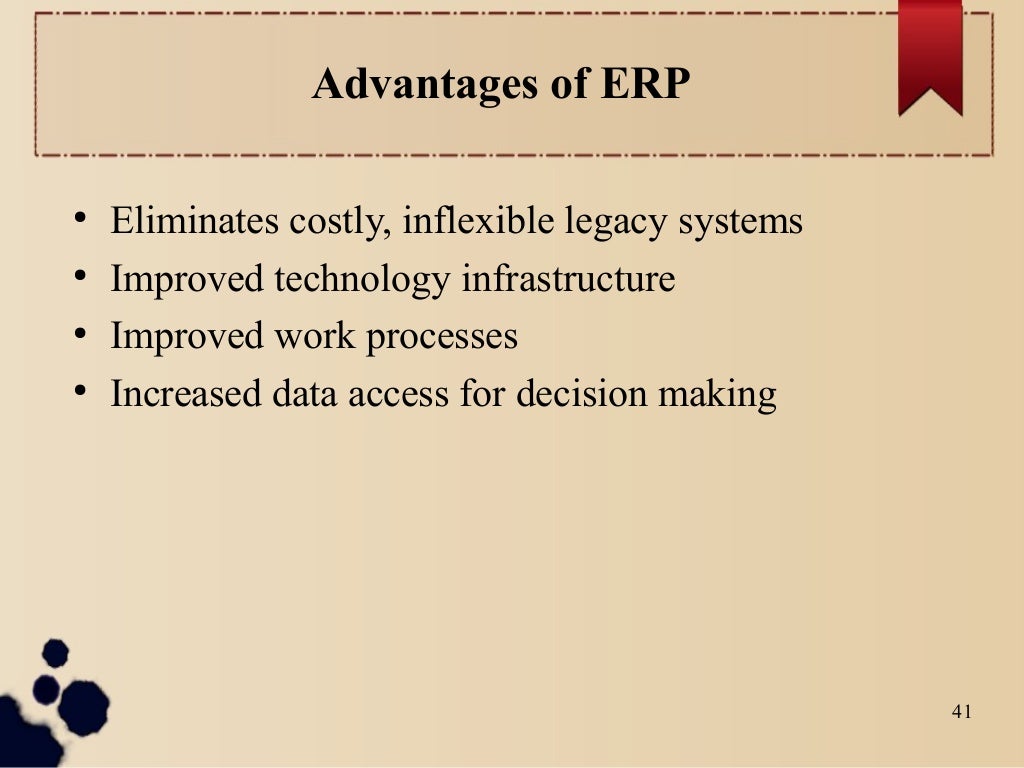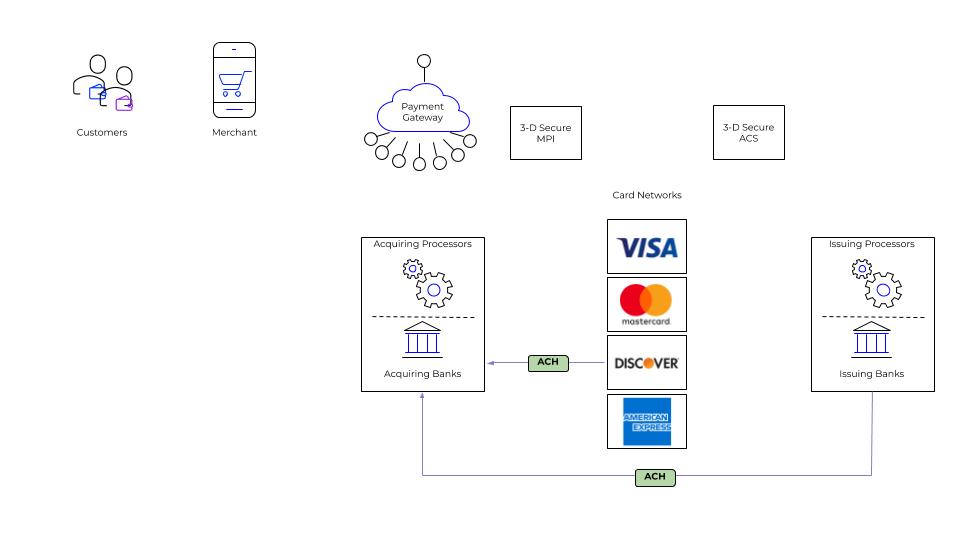

When failures occur checkpoints are reliable as mostly only a few minutes of work is lost. Once synchronized Writes a special record called a checkpoint which contains information necessary to restart the system. All programs are completed and the journal entries are updated. Change logs contains before and after copies of recordsĬheckpoint: DBMS periodically suspends all processing to synchronize all files and journals. Transaction logs records all essential data for each transition such as time of transaction. Journal: Maintains an audit trail of transactions and changes. To cope with failures a set of procedures are put in place for the recoveryīackup: Backups are regularly done at least once a day, with the copy being stored in a secure location for protection TPS fail due to many reasons such as system failure, human error or hardware failure. The success of a backup relies on the implementation and appropriate procedures. A Backup is a copy of data used to rebuild a system if it goes down. To counter this Backup and recovery procedures are put in place to minimise disruptions. The only operations that occur are loading and querying data.Īs organisations are dependent on their TPs, breakdowns may stop a business operating. Read-only-Data does not change in a warehouse unless it was incorrect, thus updates, deletes and inserts are not applicable.
#TRANSACTION PROCESSING SYSTEM COMPANIES SERIES#
Data stored in a warehouse is accurate for any moment as it stores past information as well as current and cannot change, stored as a series of snapshots generated over a period of time Historical- Real time transactions shows current values at any moment but not past values. Warehouses organises key information from operational sources available for analysis Subject-oriented- As large amounts of data is stored, some is irrelevant which makes querying for the data difficult. Data is stored in one format and allows data to be effectively used across the organisations Program file:Contains instructions for processing of data using programming language such as C++ and Visual basic.Ī Data Warehouse is a database that collects information from different data sources, gathered in real time, and provides data in various formatsĬonsolidated- Data is organised using consistent naming conventions, measurements, attributes and semantics, such as a true or false question could be one/zero or on/off to name some. Work file: Temporary file used during processing Report file: Data that has been formatted for presentation Transaction file: Collection of transaction records, serving as audit trails and history Transaction data is stored in the master file Master file: Contains information about the organisation's business situation. Both Batch and real time require different methods of storage and retrieval TPS uses files to store and organise transaction data. In a database, a file is divided into a set of related records that contain specific information such as customer details.

Hardware needs to be able to handle a large number of concurrent users and to provide quick response timesįile: A block of data. Redundant information is kept to a minimum to increase speed on updates and the transactionsĭata that is rarely referenced should be archived into separate databases or moved out of the heavily updated tables Short transactions make the process quick and easy which improves concurrency and makes user interaction easy.

Used to access patterns of data use and to place frequently accessed data together. Relationships are built between the tables to provide a flexible way of manipulating and combining data.įeatures for Real-Time Transaction ProcessingĪ large number of users are simultaneously performing transactions to change data. Organise data using a series of related tables. Each node can have many branches, and each lower-level node (child) may be linked to more than one higher-level (parent). Organises data as a series of nodes linked by branches. It uses a top-down structure consisting of nodes and branches, and each lower-level node (child) may be linto more than one higher-level node (parent). Database = Organised collection of data. The storage and retrieval of data must occur accurately many times each day. The information processes in any large organisation are often unique and complex. TPS (Transaction Processing Systems) require an efficient method for storage and retrieval of data.


 0 kommentar(er)
0 kommentar(er)
